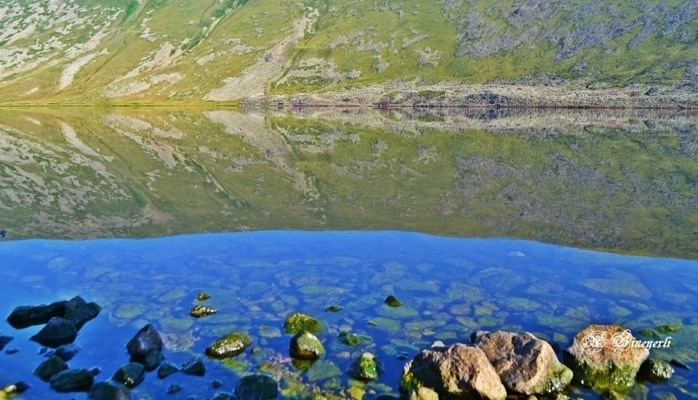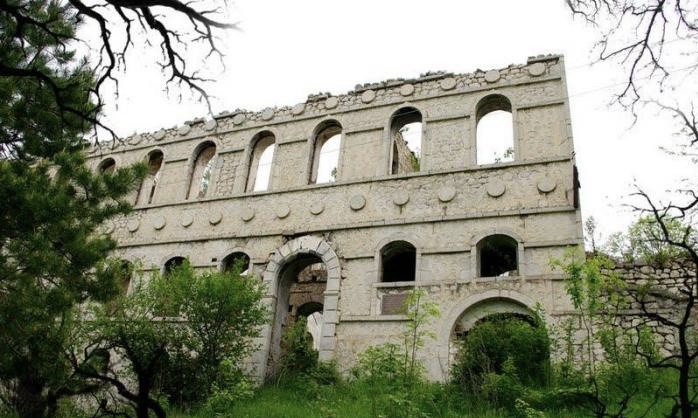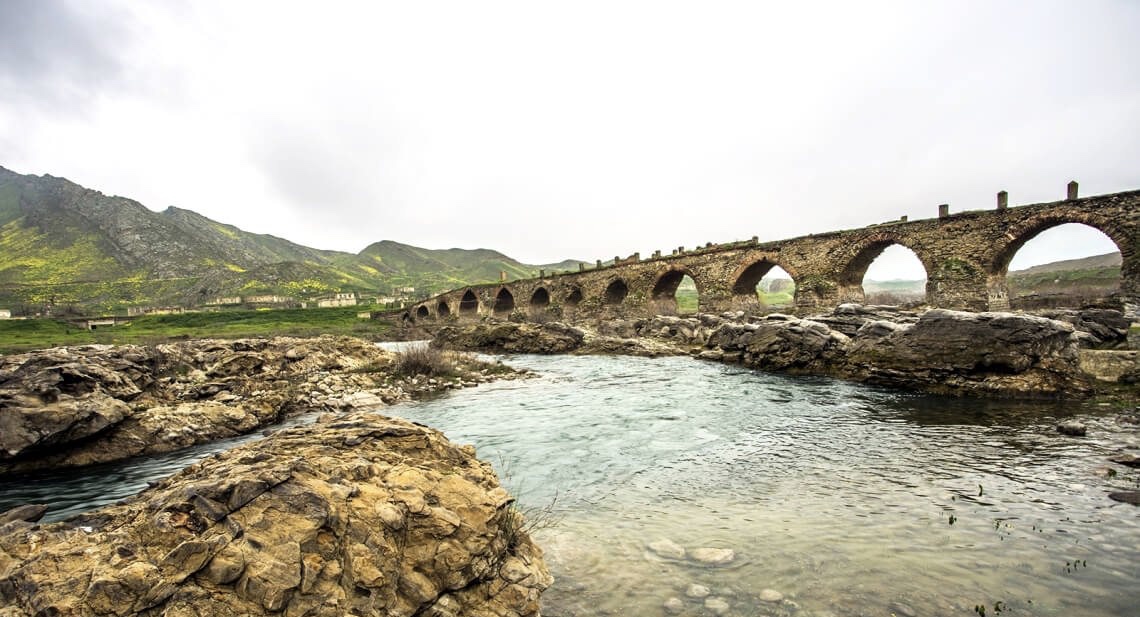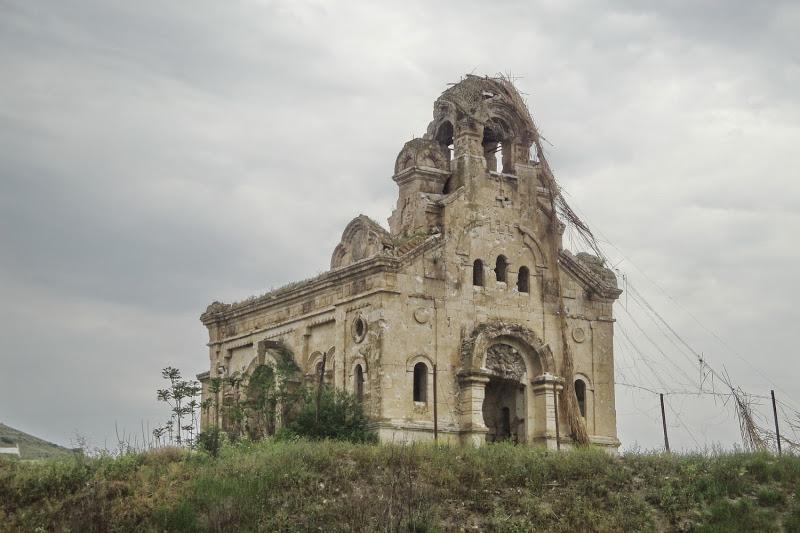






of







of







of





















It is noteworthy to mention that the mountainous terrain of the Karabakh region, which has a dense river network, has been a valuable place of the raw materials for stone masonry. According to the archaeologist, the tools and weapons that were found in those archaeological sites of the region are prepared from pebble, flint, volcanic glass (obsidian), and to a lesser extent, from fragments of basalt and felsite.[1]
One of these prehistoric human settlements and archaeological monuments of the Karabakh region that belong to the Upper Paleolithic period is Zar cave. The location of the cave is the southern part of the Zar village of the Kalbajar region of Azerbaijan, which is located in the western part of Azerbaijan on the border with Armenia. The name of the cave was taken from the Zar village that it is located.[2]
During the archaeological investigation between 1981 and 1987 in the Kalbajar region, archaeologists found cave paintings of prehistoric humans in the Zar cave. Along with the painting, they also found flint knives, arrowheads, and bone combs during the investigation. Traces of dents on discovered boards by archaeologist shows that they were used for milling wheat in that time. The boards are similar to those that were found in Taghlar cave. The findings indicate that the prehistoric humans that were living in these caves, namely Zar and Taghlar caves, had many similarities. Therefore, it is estimated that they came from the same origin or at least related to each other. Various artifacts and items that were produce by the inhabitants of the Taghlar cave were used in the Zar archaeological site, too.
[1] Mustafayev, Arif, “Traditional Stone Masonry in Karabakh”, Irs Karabakh, Vol. 44, 2020, p. 38.
[2] Национальная Академия Наук Азербайджана. Институт Археологии и Этнографии, Археология Азербайджана. Каменный век (в 6 томах), Том 1, (Şərq-Qərb, 2008). p. 448.

Qaragol Interrepublics State Reserve was set up with the decision of the Council of Ministers dated November17, 1987. Garagol State …

The idea of establishing Aghdam Bread Museum, which is considered to be the second in the world after the Zurich …

The Khurshudbanu Natavan’s House is a historical and architectural monument of the 18th century located in the city of Shusha. …

Museum Mausoleum Complex of Molla Panah Vagif is located in Shusha, Azerbaijan. It was built in honor of Molla Panah …

The Bridge belongs to the Arran architecture school. The first written source that mentioned the 15-arched Khudafarin Bridge belongs to …

Garghabazar Caravanserai was built in 1681 at the hillside, in the center of Garghabazar village of Fuzuli district, 8 km …

Armenia’s vandalism in Nagorno-Karabakh and seven surrounding regions affected not only the historical, cultural, and religious heritage of Islam but …

Jabrayil History-Ethnography Museum has been operating since 1953. Archaeological and ethnographic materials belonging to the history of the region, textiles, …

Khudavang, or Dedeveng, Monastery Complex is located in the Vang village of Kalbajar District, on the left bank of Tartar …

“The 19th century Aghdam Juma Mosque is perhaps the only structure that has withstood the years of neglect since the …